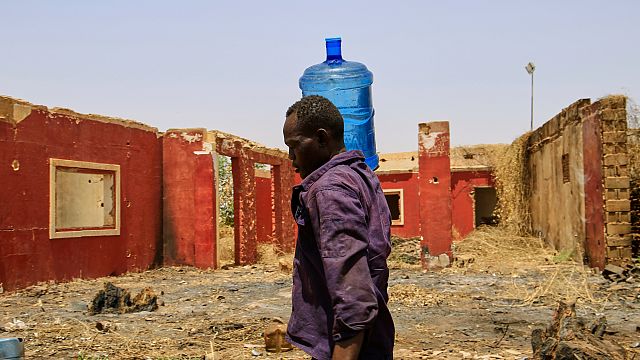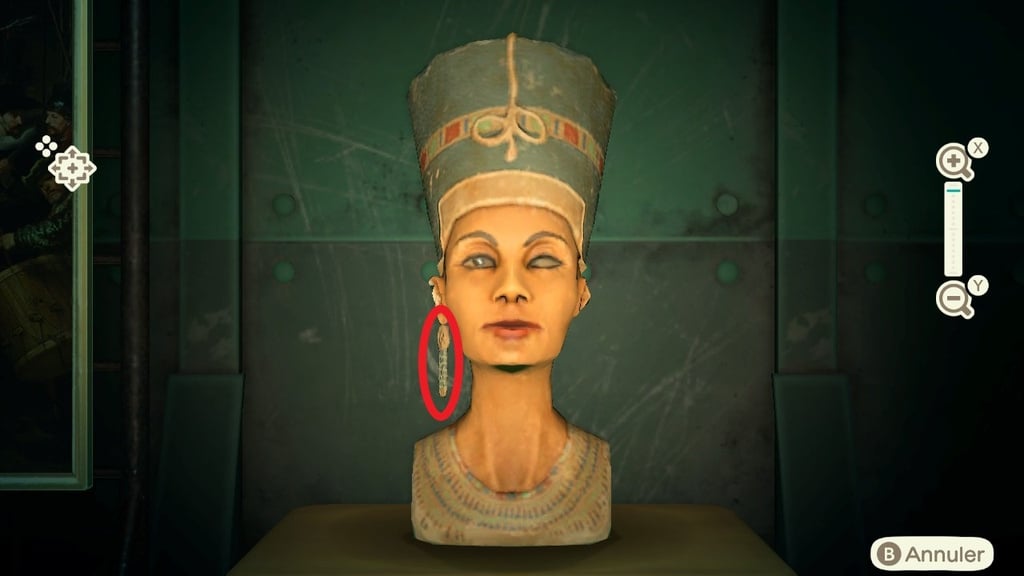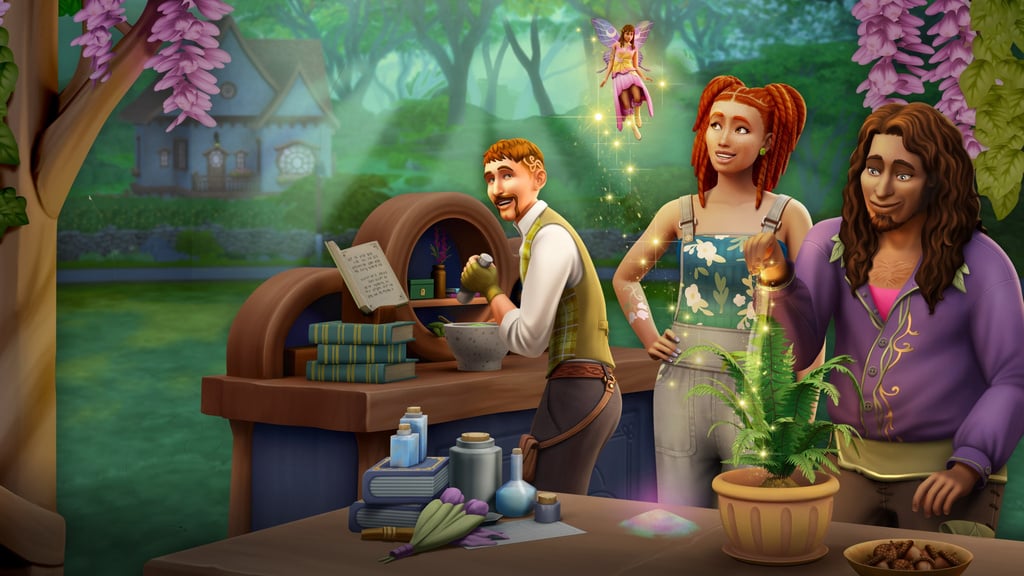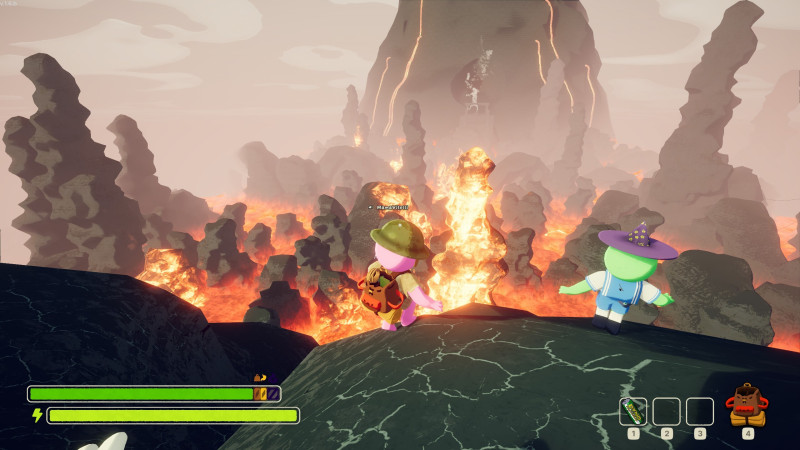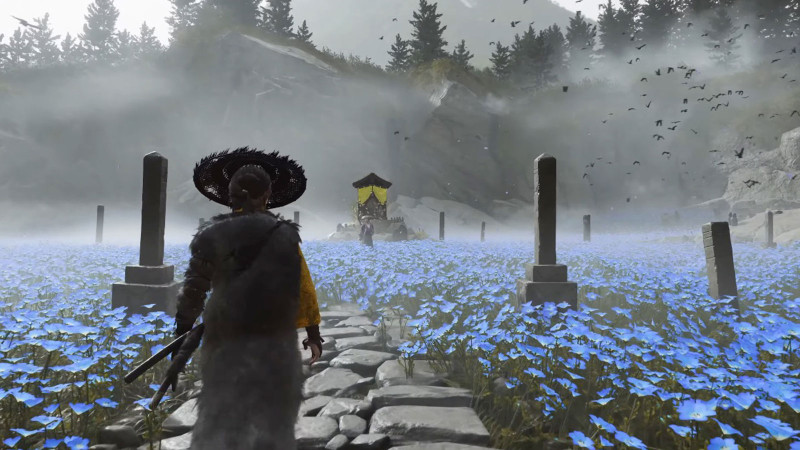Before the Central Texas Floods, the Owners of Camp Mystic Were a Fixture

For generations of girls at Camp Mystic, Dick Eastland was a fixture of the landscape — like the high rocky bluff with the big “Mystic” sign that welcomed campers, or the Guadalupe River winding through the cypress trees. Mr. Eastland, the camp’s executive director, had moved to its grounds in the Texas Hill Country in the 1970s with his wife, Willetta, who everyone calls Tweety.
Mr. Eastland, 70, died there on July 4, after his truck was swept into the river as flash floods pushed through the camp in the middle of the night. Twenty-seven campers and counselors also died in the flood, according to Camp Mystic. Kerr County officials said on Thursday that five campers and one counselor were still missing.
State inspectors approved the camp’s disaster safety plan just days before the flood. But multiple cabins lay within the river’s flood zones, including the structures where the camp opted to house its youngest campers. Teenage counselors were left to communicate with flashlights and screams as the waters quickly rose. Unlike several other summer camps along that stretch of the river, Mystic was not accredited by the American Camp Association, a national body that maintains standards on camp safety and emergency preparedness.
Parents of children who died have not spoken publicly about the Eastlands, and lawsuits are all but certain to follow. For now, many Mystic alumni, counselors and even parents of campers who survived the horrors at the Christian girls’ camp have continued to express fierce loyalty to the Eastlands.
For many, to doubt the family’s judgment would be to question everything they held dear about the place, including the joyful childhood memories and the network of ambitious, accomplished women who make up the Mystic alumni network.
In camp circles this week, middle-aged women burst into tears at the mention of Mr. or Mrs. Eastland, and quoted long-ago conversations and snippets of poetry by heart.
“If you’re a camper, you know who they are,” said Emily Cantrell, who attended Camp Mystic in the 1990s. “That’s why this is unlike any other camp, because you know Dick and Tweety Eastland.”

The Eastlands were a daily presence in the summers of most “Mystic girls,” as the camp often called them, going far beyond the duties of typical administrators. Mr. Eastland taught the girls to fish; Mrs. Eastland, who is 71, baked them cookies. They routinely ate meals with campers in the dining hall. The couple presided over Mystic with a kind of magisterial benevolence that alumni well past childhood still describe with awe.
“It’s very ‘Wizard of Oz,’ but in a safe way,” Ms. Cantrell said. “It’s like, ‘We’re in Oz and there’s this man who’s taking care of us.’”
Even now, the family seems determined to forge its own path; it has said little publicly other than a statement on the camp website, which says in part that “our hearts are broken alongside our families that are enduring this unimaginable tragedy.” Almost a week passed before it brought on a spokesperson, which is unusual for an institution at the center of a major news story.
Several camp alumni noted sympathetically that the family was still reeling from the loss of Mr. Eastland and logistical challenges, including the needs of nine grandchildren who lived on the grounds. The family’s spokesman, Jeff Carr, said three of their grandchildren were campers at the time, including two who were staying in “the Flats,” the area most affected by the flood.
Mr. Eastland’s grandparents — Agnes Stacy, who went by Ag, and her husband, known as Pop — purchased the camp in 1939, 13 years after it was founded by a football and basketball coach at the University of Texas.
In the early years, it was difficult to convince families to send their girls to camp — “like selling corsets door to door,” Ag Stacy said, according to a book published by the Kerr County Historical Commission in the 1980s.
Floods were a part of life at Mystic from the start. In 1932, water rose into the dining hall, and cabins built even closer to the waterfront than the current array were washed away, according to the book. In 1978, flash floods again swept down the Guadalupe, this time broaching the dining hall but not entering it.
Campers in more recent decades recalled canoes transporting food up to Senior Hill, where older campers stayed, when the path between their cabins and the dining hall became impassable in the rain.
Mr. Eastland had some sense of the river’s risk not only as someone who lived alongside it, but also as a member of the Upper Guadalupe River Authority, a role he was reappointed to in March by Gov. Greg Abbott. Mr. Eastland was also a member in the late 1980s, when 10 children died nearby when their church bus was swept into the river. In response, the board agreed to raise taxes to install an improved flood warning system.
Mr. Eastland said at the time that while public sentiment favored the new system, it could not guarantee safety.
“I’m sure there will be other drownings,” he told The Austin American-Statesman in 1990. “People don’t heed the warnings.”
Mr. and Mrs. Eastland started dating in high school, where they were both cheerleaders. One camper remembered watching in awe as they performed a routine together one summer in the 1980s.
The Eastlands had four sons who grew up on the camp grounds. Their youngest, Edward, met his wife, Mary Liz, at camp, and the pair now manage the camp’s original site along the river, which experienced the brunt of the devastation. Another son serves as head chef and runs the dining hall, and a third son and his wife — also a former camper — manage a second camp location that opened nearby in 2020. The couple’s son James, who also worked for Mystic, died in 2015.

The extended family grew less harmonious after the deaths of Ag and Pop Stacy, Mr. Eastland’s grandparents. (Mr. Eastland’s mother, Anne, was also an owner but not involved in day-to-day operations.) Texas Monthly documented a bruising, and expensive, family lawsuit in 2011 that involved battles over stock dividends and tax liabilities, and accusations of fraud and greed as the camp’s popularity and value grew. In the end, Mr. Eastland reached a settlement with his siblings and retained control of the camp.
“The Eastlands have succeeded largely by changing as little as possible,” the Texas Monthly reporter, Mimi Swartz, wrote.
Mr. and Mrs. Eastland lived in a house just across a creek from the older girls’ cabins. At one point, Mrs. Eastland added a larger teaching kitchen where she taught a cooking class. Mr. Eastland taught fishing, encouraging the girls to hold their puny catches up for the camp photographer to make them look more impressive.
The couple maintained a number of idiosyncratic rules and traditions over the years, like allowing Coca-Cola only on special occasions. (They were looser with Big Red, a soda whose Texas origins stretch back almost as far as Camp Mystic’s.)
The general idea was that Mystic was a place set apart from the world. Cellphones, cameras and even magazines are banned.
Gentility is another theme. Mrs. Eastland is known for wearing white, and the only uniform requirement was that campers had to wear white on Sundays. No body piercings other than pierced ears were allowed, and boyfriends were let in only on the camp’s closing day, and only if they were accompanied by a camper’s parents, according to a recent handbook.
In the early hours of July 4, steady rains turned into a deluge as most of the camp slept. The power was out, so the loudspeaker was not working. And even in good weather, cell service was spotty at best.

Sometime around 2 a.m., a counselor from the cabin closest to the river ran to an office and said the Bug House cabin was taking on water, according to Lisa Miller, whose 12-year-old, Genevieve, was in it. Ms. Miller attended Mystic for 13 years as a counselor and camper and had three daughters at camp this month.
It was Dick Eastland who arrived at Bug House to evacuate the girls, Ms. Miller said. He loaded them in the dark into his gray dual-cab Ford pickup truck, and drove them to the camp’s large recreation hall. He was able to transfer girls from several cabins close to the river, Ms. Miller said, before the water overtook him and a last truck full of campers.
Camp Mystic was set to celebrate its 100th anniversary next year, an event that alumni all over the country had already been making plans to return for.
The entire family has remained on the grounds since the flood, Mr. Carr said. Family members intend to attend the funerals of the girls who died, which were to begin on Friday. Power was restored at camp on Thursday, and the big “M” in the “Mystic” sign overlooking the camp is now illuminated with 27 green bulbs.
On the camp’s website, the family cited a passage in the Gospel of Matthew that begins, “You are the light of the world. A town built on a hill cannot be hidden.”
“Our Mystic girls will forever shine just like Matthew 5:14-16 because you girls are the light of the world,” the message reads.
Many in the Mystic community agree that the camp’s future is up to Tweety Eastland.
“It’s not Tweety’s way of being to give up on things,” said Sarah Carlson, a camper and then a counselor for 15 years starting in the late 1980s.
On her nights off as a counselor, Ms. Carlson would often drive into town to meet up with counselors from other Hill Country camps. The roads were narrow and winding, the nights were dark and the wildlife abundant. Mrs. Eastland always told the young drivers that if a deer darted in front of their car, they must not swerve — common advice to avoid a more serious accident.
Ms. Carlson recalls her guidance to this day: “She would say, ‘You’ve got to hit it straight on,’” she said. “That’s just how she led us, to face the challenges head on.”
Nicholas Bogel-Burroughs and Emily Cochrane contributed reporting.
What's Your Reaction?
 Like
0
Like
0
 Dislike
0
Dislike
0
 Love
0
Love
0
 Funny
0
Funny
0
 Angry
0
Angry
0
 Sad
0
Sad
0
 Wow
0
Wow
0





